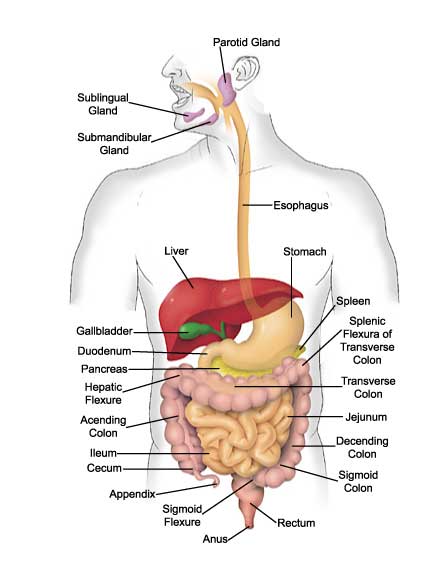Biosolids are nutrient-rich organic materials resulting from the treatment of domestic sewage. Biosolids are sewage sludge that has been treated to reduce or eliminate health risks and suited to a range of beneficial uses in agriculture and other applications. They must be carefully treated and monitored. When treated and processed, these sewage sludge can be recycled and applied as fertilizer to improve and maintain productive soils and stimulate plant growth.
The high cost of fertilizer has people searching for alternatives. One of the solutions proposed are biosolids, as a result of the public waste water treatment process. Through regulation of these dumping, we are required to treat waste water and to make the decision whether to recycle biosolids as fertilizer, incinerate it, or bury it in a landfill. What do you think?
Let’s take a look at its advantages! By treating sewage sludge, the biosolids can be used as valuable fertilizer, instead of taking up room in a landfill or other disposal facility. Landfill areas were quite a concern ever since couple of years back. If we can reuse sewage sludge, doesn’t it already help us solve one problem? The application of biosolids reduces the need for chemical fertilizers. Chemical fertilizers have its drawbacks. In addition, biosolids reduces expenses for farmers and replenishes the organic matter that has been depleted over time. Although biosolids are a new project, as more waste water plants become capable of producing high quality biosolids, it increases the opportunity to use this resource in different fields. For instance, it can be used to make fuel, generate power and potentially create a new source of revenue for businesses. While odours may be nasty, they are not chronic! Landfills are pretty nasty smelling too!
The use of biosolids meets strict quality criteria and has been shown to produce noteworthy improvements in crop growth and yield. The nutrients found in biosolids include nitrogen, potassium, phosphorus and trace elements such as copper, calcium iron, magnesium, manganese, sulphur and zinc, which are necessary for crop production and growth. The organic matter in biosolids improves soil structure by increasing the soil's ability to absorb and store moisture. The practice of using biosolids as fertilizers are harmless and if followed properly shows no significant risk to the environment or human health.
Although there are regulations for the land application of biosolids, there still exist concerns about its safety. There is no doubt that biosolids have beneficial characteristics, such as good ingredients of fertilizers. However, the controversy arises over the risks of what else is in these biosolids. How can anyone be positive what else could be in there? The sewage sludge is gathered from everything that’s poured down from drains and flushed down from toilets. The origin of this sludge varies from households and hospitals to industries and gas stations. After all, biosolids are known to contain pathogens and heavy metals and even other contaminants. Biosolids are applied as fertilizers to plants that we would eat and consume. Are we also eating heavy metals contaminants?
I personally believe that biosolids have its advantages and drawbacks. I think this applies to everything, no? The agriculture use of biosolids is greatly used in Europe and the United States. With strict production process, I think we can make sure that biosolids will be safe!
My own conclusion: Biosolids as fertilizer is killing two birds with one stone!
Sources:
http://www.biosolids.com.au/glossary-terms-biosolids.php
http://southeastfarmpress.com/grains/fertilizer-alternatives-0604/
http://www.cwwa.ca/faqbiosolids_e.asp
http://www.ucinthevalley.org/articles/2003/aug8art1.htm
Commented on:
http://deforestationanditseffects.blogspot.com/2010/05/biosolids.html
http://zephanest.blogspot.com/2010/06/blog-post.html












